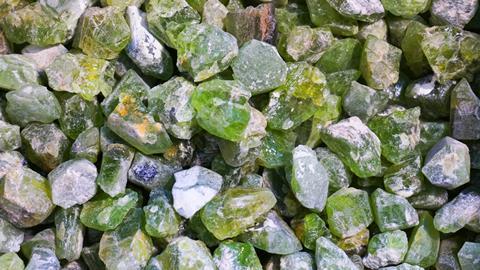A European consortium led by the University of Antwerp is investigating whether it is possible to accelerate the weathering of silicate rocks – a natural process that removes CO2 from the atmosphere – in a reactor.
To combat global warming, it will be necessary to reduce CO2 levels in the atmosphere. One of the technologies used by industry to capture CO2 is silicate weathering. Silicate rocks react with CO2 and water to form bicarbonate, which fixes the CO2 . In a natural environment, bacteria, worms and other organisms help to trigger this process. But the process is slow in nature. In industry, the weathering reactions in CO2 capture processes take place under high pressure and at high temperatures. And that consumes a lot of energy.
Synergies
In the BAM! project (Super-Bio-Accelerated Mineral weathering), the University of Antwerp, together with colleagues from the Universities of Wageningen, Uppsala and Hamburg and the research centre imec, is investigating whether it is possible to accelerate natural weathering in a reactor. But what are the ideal conditions for maximum CO2 uptake? The researchers are conducting a large number of small-scale experiments to find synergies between different biota and to design an optimised reactor.
Ten to the eleventh power
The number of possible combinations is in the order of ten to the eleventh power. It would be an impossible task to study all the different combinations and conditions in a classical way. Thanks to imec’s knowledge of artificial intelligence and machine learning, the researchers can discover which combinations are promising and give a direction to the research much faster. The BAM! Project can count on an EU contribution of almost €3.5 million from the Horizon 2020 Framework Programme. The project will run until 2025.













Nog geen opmerkingen